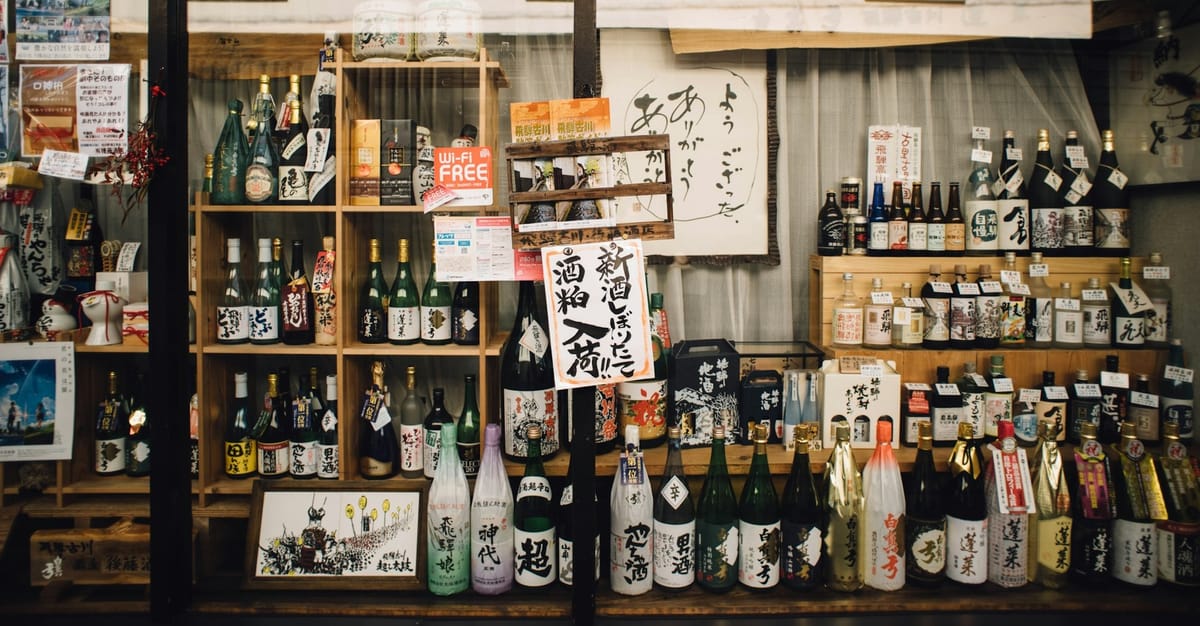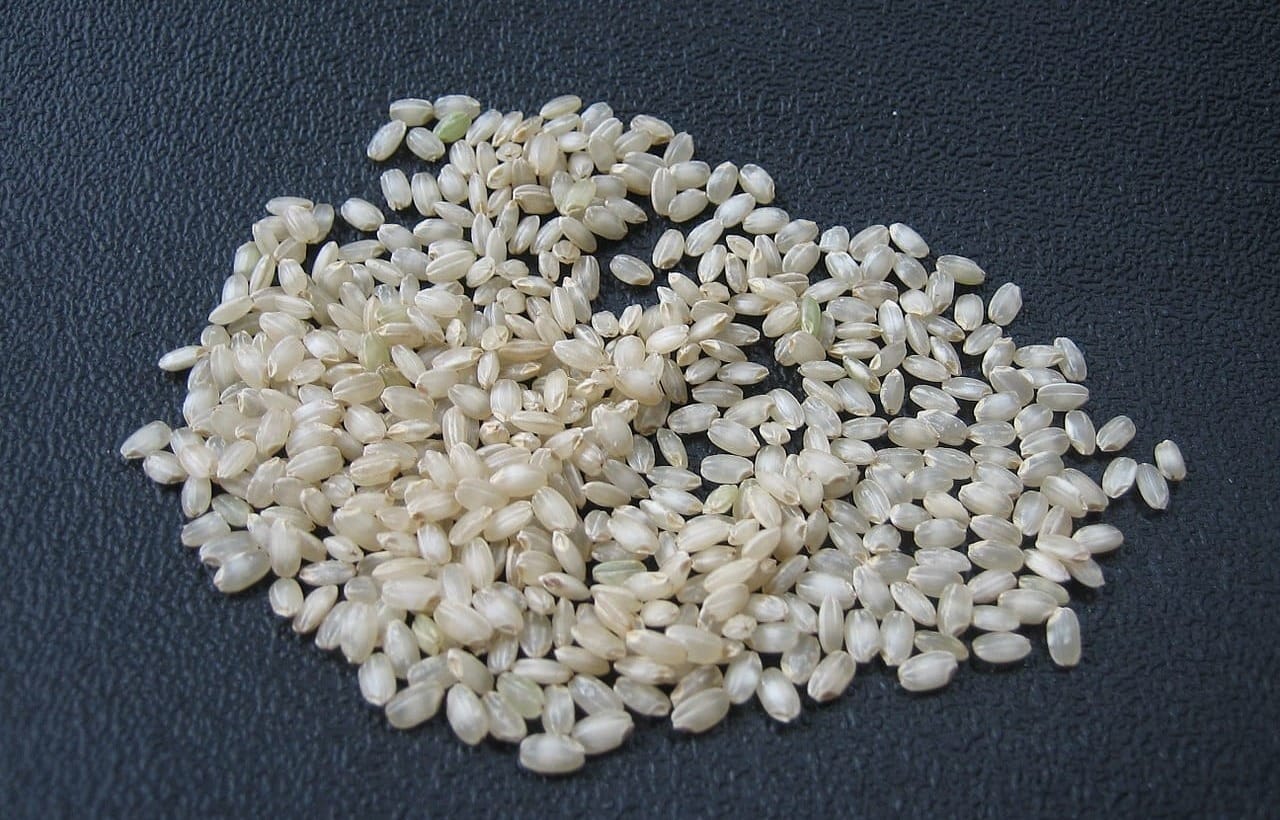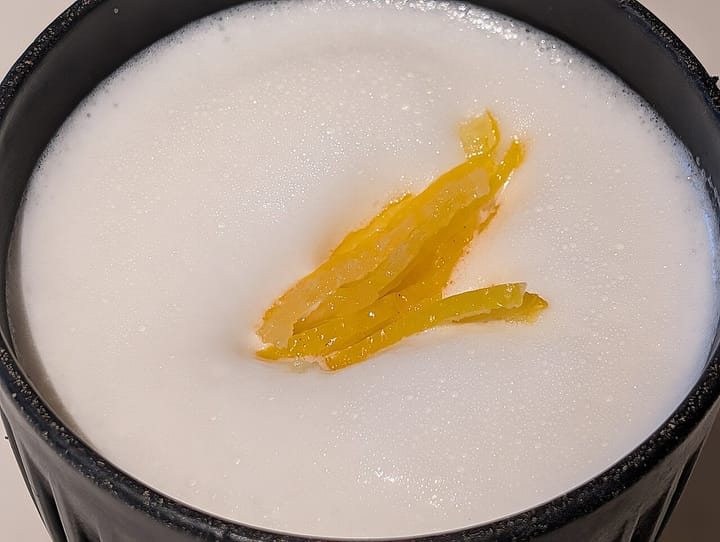Why Junmai Daiginjo Sake Commands Premium Prices?
Sake, a traditional Japanese drink, is crafted from polished rice. Junmai Daiginjo, the most expensive type, can exceed $100 per bottle, with cost rising as polishing increases. Let’s explore the production and pricing of sake.

What is Junmai Daiginjo?
Junmai Daiginjo Sake is a top-tier Japanese sake known for its meticulous production and high rice polishing ratio, where at least 50% of the grain is polished away, often reaching down to 40% or 35%.
This process removes proteins and lipids, enhancing the sake's purity and flavor, leading to a smoother, cleaner profile. The term "Junmai" signifies that it's made solely from rice, water, koji mold, and yeast, without any added alcohol or additives, emphasizing the craftsmanship involved.
Renowned for its delicate and complex flavors and aromas, Junmai Daiginjo typically features a light, refined bouquet with fruity or floral notes. It is best enjoyed chilled to fully appreciate its subtleties.

Does Higher Rice Polishing Make Sake Better?
The percentage indicated on a sake bottle, known as Seimeibuai, reflects the amount of rice grain remaining after polishing.
For example, a Seimeibuai of 60% means 40% of the outer rice layer has been removed.
The polishing ratio is crucial in classifying sake: Daiginjo requires a Seimeibuai of 50% or less, Ginjo up to 60%, Honjoshu up to 70%, and any higher is categorized as Futsushu, or normal sake.
While a lower Seimeibuai generally denotes a higher-grade sake with a cleaner, fruitier profile due to extensive milling, it doesn't always guarantee superior quality.
Over-polishing can sometimes remove desirable flavors and aromas, striking a balance between purity and the inherent character of the rice.
Many brewers offer products with varying Seimeibuai under the same brand to suit different tastes and occasions, highlighting the diversity in sake brewing.
Junmai Daiginjo Vs. Daiginjo Sake
Daiginjo sake is produced using a similar method to Junmai Daiginjo, with the key difference being the addition of a small amount of distilled brewer's alcohol after fermentation. Here are the difference between the two:
Junmai Daiginjo
- Rice Polishing: At least 50% of the rice kernel is polished away, often much more.
- Ingredients: Made purely from rice, water, koji mold, and yeast. No additives or distilled alcohol is added.
- Flavor Profile: Tends to have a fuller body with a richer and sometimes more complex flavor. The absence of added alcohol means that the natural flavors of the rice are more pronounced.
- Purity: Considered purer by some enthusiasts, as it relies entirely on the fermentation of rice without the influence of external additives.
Daiginjo
- Rice Polishing: Also requires at least 50% of the rice kernel to be polished away, similar to Junmai Daiginjo.
- Ingredients: In addition to rice, water, koji mold, and yeast, brewers add a small amount of distilled brewers alcohol. This addition is not to increase the alcoholic content significantly but to enhance aroma and flavor profiles.
- Flavor Profile: Generally lighter and more fragrant compared to Junmai Daiginjo. The added alcohol can help extract aromas and flavors that might not be as pronounced in purely rice-fermented sake.
- Clarity and Texture: The addition of alcohol can also affect the texture, often making Daiginjo sake smoother and sometimes giving it a slightly clearer appearance.
Choosing Between the Two
- Taste Preference: If you prefer a richer, more rice-forward flavor, Junmai Daiginjo might be more appealing. If you enjoy a lighter, more aromatic sake with a clean finish, Daiginjo could be more suitable.
- Occasions: Both are typically enjoyed on special occasions and can complement a variety of dishes. Junmai Daiginjo might pair well with heavier, more flavorful dishes due to its richer body, while Daiginjo could be ideal with delicate dishes where its subtle flavors enhance rather than overpower.
- Price: Both are premium categories, but prices can vary depending on the brewery, brand, and specific product characteristics.
One of The Most Expensive Sake
For enthusiasts of luxurious sake, the REIKYO Crystal 0 stands out, priced at about $9,100 due to its unparalleled craftsmanship and premium status.
This sake is a marvel with a polishing ratio under 1%, making it the most highly milled rice in the world—a feat once thought unachievable.
With a sake meter value (SMV) of ±0, acidity at 1.4, and amino acidity at 0.6, REIKYO Crystal 0 delivers a flawlessly balanced taste.
Made from elite Yamadanishiki rice and bottled at 500ml, each glass offers a sophisticated indulgence. The 16% alcohol by volume contributes to its robust and engaging flavor, designed to delight the most discerning palates.

Why is Junmai Daiginjo Sake So Expensive?
Junmai Daiginjo sake is often seen as the pinnacle of sake brewing, and its premium pricing reflects a combination of factors including the quality of ingredients, the meticulous production process, and the overall rarity and prestige associated with it.
Here are some key reasons why Junmai Daiginjo sake commands such high prices:
- Rice Selection and Polishing: Selecting high-quality sake rice varieties like Yamadanishiki, Niizawa brewery polishes the rice to extremely low ratios for their most prestigious sake, an astounding 99.15% of the rice grain is polished away, leaving only the purest 0.85% of the grain for brewing. This level of refinement is rare and contributes significantly to the sake's exclusivity and flavor.
- Water Source: The brewery uses pristine water from local sources in a remote mountainous region, crucial for achieving the clean and subtle flavors characteristic of their sake.
- Yeast, Koji, and Fermentation: The fermentation process is integral to sake production, where both yeast and koji mold are used. Koji is essential for converting rice starch into sugars, which yeast then ferments into alcohol. Brewery company such as Niizawa selects specific yeast strains that complement their sake rice, enhancing the natural flavors and desired aromatic profile. This process is conducted under tightly controlled conditions to maintain a low, steady temperature, prolonging fermentation and allowing for the development of a complex flavor profile.
- Innovative Techniques and Equipment: The brewery's use of a custom-built rice polishing machine allows for pioneering experiments with rice polishing ratios, achieving figures as low as 7% in their Zankyo Super 7 series.
- Meticulous Monitoring and Quality Control: Quality control is rigorous, with every aspect of the brewing process being carefully monitored to ensure the sake meets the high standards set by Niizawa.
- Aging and Storage: Post-fermentation, the sake is aged in optimal conditions, generally between -5°C to 5°C, to refine its flavors and aromas.
- Packaging and Presentation: Presentation is key, and Niizawa excels with exquisite packaging that reflects the luxury of the product. The Reikyo Absolute 0, for example, is housed in a handmade vermilion-colored box crafted using traditional Kumiko Zaiku techniques.
- Limited Production: To maintain exclusivity and ensure quality, Niizawa produces their upscale Junmai Daiginjo sakes in limited quantities. For instance, only 999 bottles of Reikyo sake are released annually, making it a highly sought-after collectible in the sake world.


